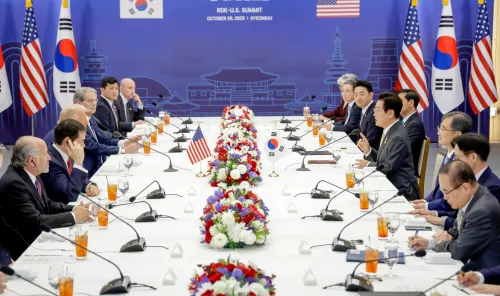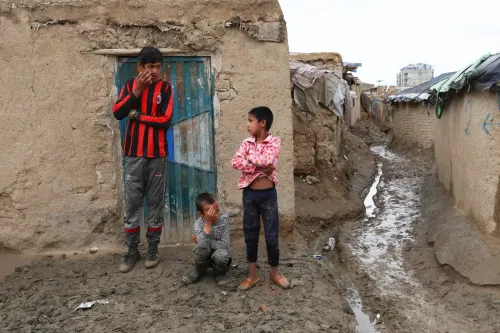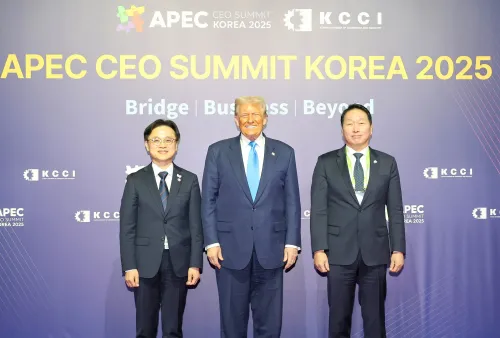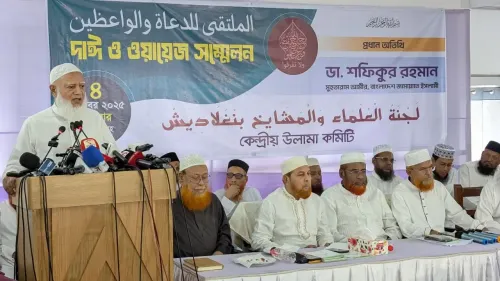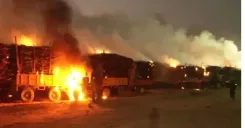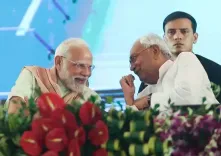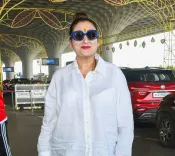Did a Late Joseon-era Buddhist Painting Just Return to South Korea After 70 Years in the US?

Synopsis
Key Takeaways
- The **Siwangdo** painting was created in **1798** during the **Joseon Dynasty**.
- It was taken from **Sinheung Temple** around **1954**.
- Collaboration among various groups was key to its repatriation.
- The painting represents a significant aspect of Korean **Buddhist culture**.
- Efforts to recover lost cultural heritage continue in South Korea.
Seoul, Nov 14 (NationPress) A Buddhist painting from the late Joseon Dynasty has made its way back to South Korea from the United States, approximately 70 years after it is believed to have been removed from a temple following the 1950–53 Korean War.
The Metropolitan Museum of Art in New York announced on Friday that it has repatriated 'Siwangdo' — part of a 10-piece series illustrating the 10 kings of the afterlife — to Sinheung Temple located in the eastern coastal city of Sokcho.
Created in 1798 during the Joseon Dynasty (1392-1910), this artwork is thought to have been taken unlawfully from the temple’s Myeongbujeon, a hall dedicated to the 10 kings, in 1954, when Korea was under U.S. military administration, as reported by the Yonhap news agency.
A 1942 survey conducted by the Japanese government-general of Korea documented the painting's presence at the temple, and its existence is also captured in photographs taken by U.S. military officers between 1953 and 1954.
In 2020, six panels from the Siwangdo collection were returned to South Korea from the Los Angeles County Museum of Art (LACMA), but four, including the newly repatriated piece, had remained abroad.
The painting measures 116.8 cm in length and 91.4 cm in width, depicting the 10th and final king who judges the deceased according to Buddhist beliefs.
The return was facilitated through collaboration among the Overseas Korean Cultural Heritage Foundation, the Jogye Order of Korean Buddhism, Sinheung Temple, and a local civic group advocating for the recovery of cultural assets taken overseas.
Lee Sang-rae, the leader of the Sokcho-based activist group, stated that the painting “seems to have been transported to the U.S. around 1954, right after the Korean War.”
The Met acquired the panel in 2007. Temple officials and civic activists identified the artwork on the museum's website and initiated formal discussions for its return in 2023 after confirming its provenance.
“The Siwangdo pieces held by LACMA and the Met seem to have been removed from the country at different times,” Lee noted. “We gathered various materials to demonstrate the painting’s origins from Sinheung Temple and to clarify the timeline of its removal.”
Regarding how the two museums came to possess their respective panels, he added: “Initially, we believed they had been owned by the same previous owner, but that was not accurate. We plan to continue our search for the remaining three pieces.”
The six Siwangdo panels previously repatriated are currently stored at Sinheung Temple. The recently returned piece will join them, with officials considering options for future public exhibition.

